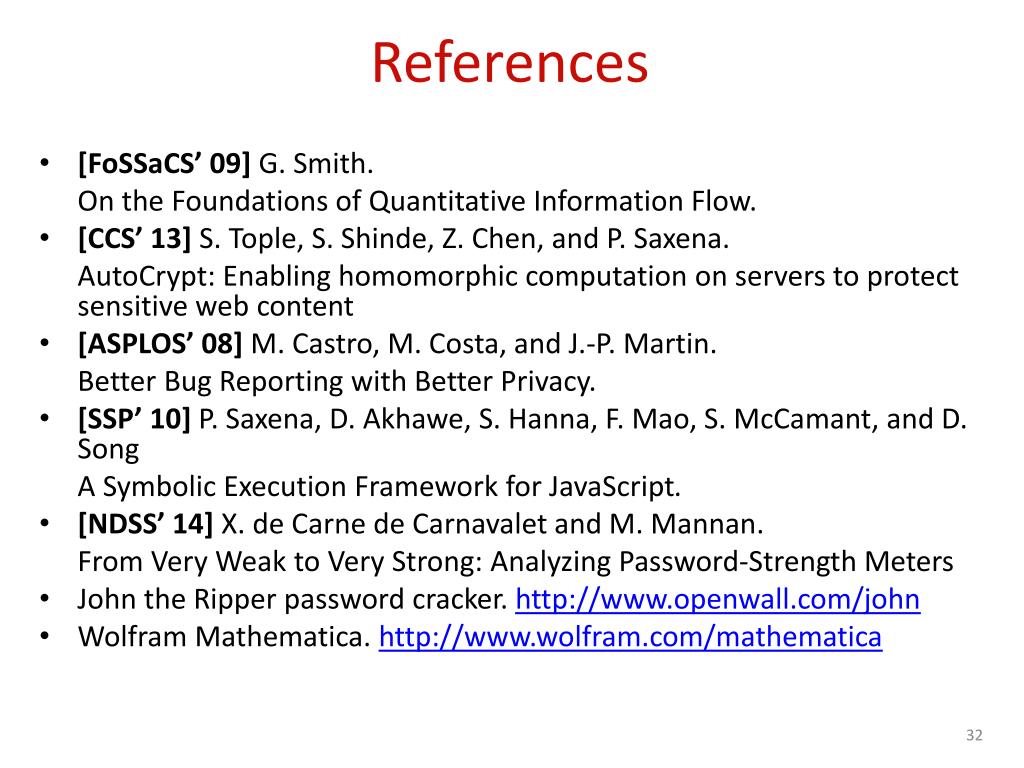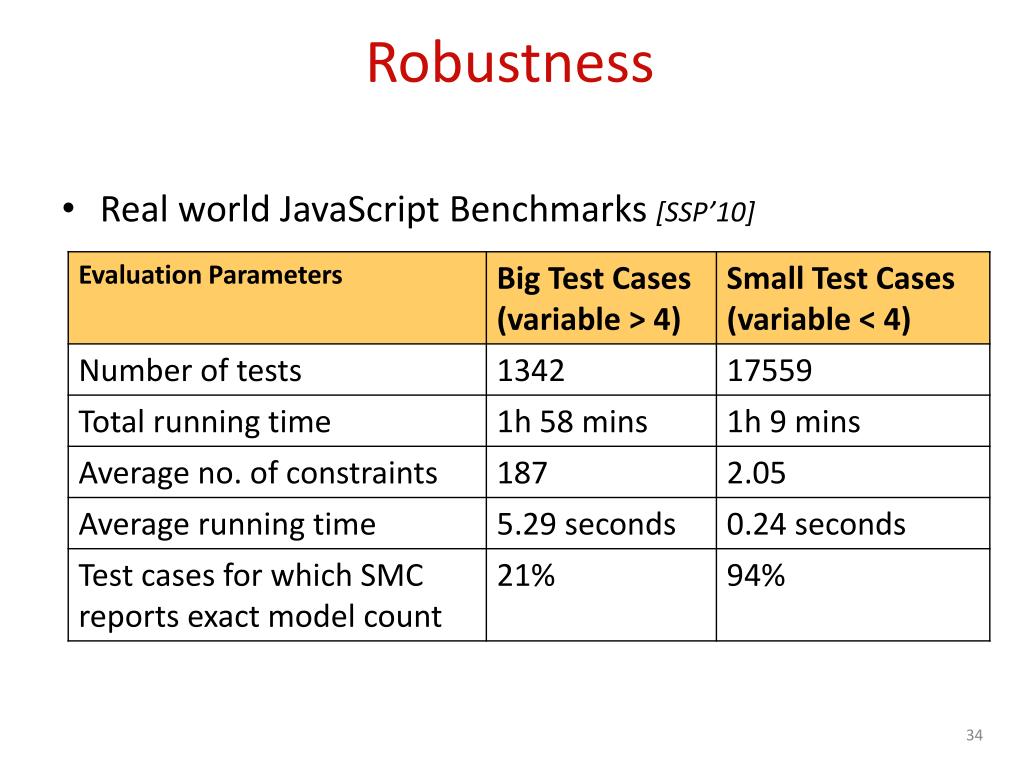

Nissim, Evaluating 2-DNF formulas on ciphertexts, TCC 2005, vol.

Sahai, Verifiable functional encryption, ASIACRYPT 2016, Part II, vol. Gama, Smallest reduction matrix of binary quadratic forms, Algorithmic Number Theory, vol. Bernstein, List decoding for binary goppa codes, Coding and Cryptology, vol. Benaloh, Verifiable Secret-Ballot Election, vol. Beaver, Foundations of secure interactive computing, CRYPTO'91, vol. Williams, On the complexity and efficiency of a new key exchange system, EUROCRYPT'89, vol. Zakarias, Semi-homomorphic encryption and multiparty computation, EUROCRYPT 2011, vol. Pagter et al., A practical implementation of secure auctions based on multiparty integer computation, FC 2006, vol. Howgrave-graham, Factoring N = prq for large r, CRYPTO'99, vol. Pointcheval, A simple public-key cryptosystem with a double trapdoor decryption mechanism and its applications, ASIACRYPT 2003, vol. Thiel, Cryptographic protocols based on discrete logarithms in real-quadratic orders, CRYPTO'94, vol. Lipmaa, CCA-secure inner-product functional encryption from projective hash functions, PKC 2017, Part II, vol. Meyer, A signature scheme based on the intractability of computing roots. Fisch, A survey of two verifiable delay functions, Cryptology ePrint Archive, vol. Fisch, Verifiable delay functions, CRYPTO 2018, Part I, LNCS 10991, vol.

Arnault, Formes quadratiques de discriminants emboîtés, 2014.ĭ. Mccurley, Open problems in number theoretic complexity, ii, Proceedings of the First International Symposium on Algorithmic Number Theory, ANTS-I, vol.

Zohner, More efficient oblivious transfer extensions with security for malicious adversaries, EURO-CRYPT 2015, Part I, vol. Stehlé, Fully secure functional encryption for inner products, from standard assumptions, CRYPTO 2016, Part III, vol. Vinay, Non-commutative arithmetic circuits: depth reduction and size lower bounds, Theoretical Computer Science, vol. Vaikuntanathan et al., Multiparty computation with low communication, computation and interaction via threshold FHE, EUROCRYPT 2012, vol. Wee, Functional encryption: New perspectives and lower bounds, CRYPTO 2013, Part II, vol. Adleman, The function field sieve, Algorithmic Number Theory, p. Vaikuntanathan, From selective to adaptive security in functional encryption, CRYPTO 2015, Part II, vol. Yamada, Efficient public trace and revoke from standard assumptions: Extended abstract, ACM CCS 2017, vol. Pointcheval, Better security for functional encryption for inner product evaluations, Cryptology ePrint Archive, vol. Pointcheval, Simple functional encryption schemes for inner products, PKC 2015, vol. , If gets as input an element of whatever the value of ? *, * follows the uniform distribution modulo and is independent of.
#Autocrypt hommorphic keygen
(ms) Keygen (ms) Signing (ms) Keygen (b) Signing (b), p. Pick?a random ?(?) ? bits prime such that?Ĭ. , Let be an adversary for the HSM problem, its advantage is defined as: 1. So even if an unbounded adversary can learn modulo from ?, modulo remains at negligible distance of the uniform from his point of view and ? + perfectly hides ? Z/ Z. , 1, modulo is at negligible distance of the uniform and is independent of modulo.


 0 kommentar(er)
0 kommentar(er)
